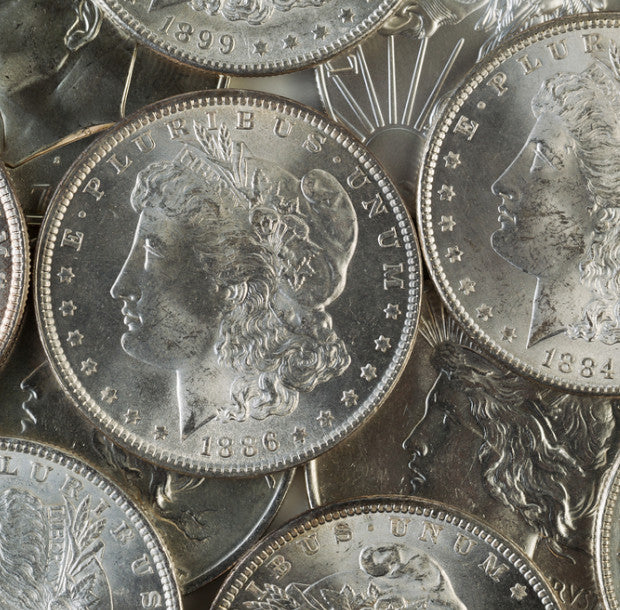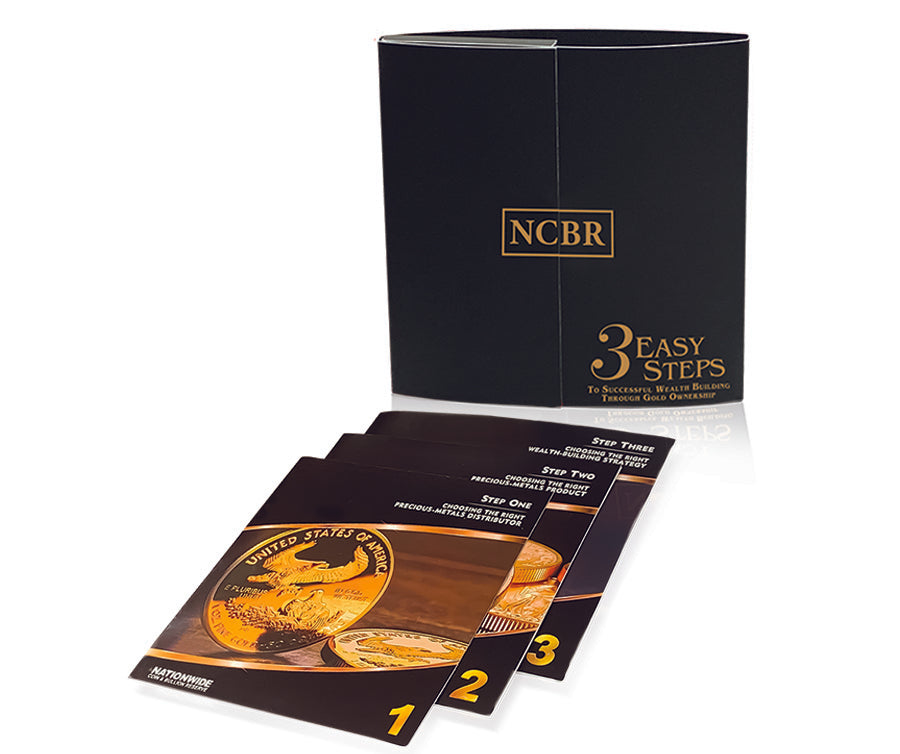Closely following the tragic and sudden assassination of President John F. Kennedy, one of the many ways the U.S. Government honored his legacy was through the creation of the Kennedy Half Dollar. This unprecedented time in history left those tasked with honoring the fallen leader feeling as though immediate action needed to be taken and that no idea of his memorialization was too great. With this in mind, only hours after his death, the Kennedy Half Dollar was conceived.
Just one month following President Kennedy’s assassination, Congress signed the bill approving the Kennedy Half Dollar. It was minted and put into American currency circulation by early 1964. The coin was first struck in a ceremony simultaneously at the Philadelphia and Denver Mints. The coin’s design depicts a side profile portrait of President Kennedy on its obverse and the United States Presidential Seal on its reverse.
The sudden nature of JFK’s death, partnered with the urgency to honor him and help the American people grieve, prompted the United States Mint leadership team to accelerate the design process. The goal was to get the Kennedy Half Dollar into circulation as quickly as possible. The coin’s design was simply a modification of the inauguration medal presented to JFK after being sworn into office. Designer Frank Gasparro, who played an integral part in designing the Susan B. Anthony Dollar and the reverse of the Lincoln penny, made only slight modifications.
IMMEDIATE DEMAND AND ITS RESULT
After its initial 1964 release, the Kennedy Half Dollar was sought out not just by coin collectors but by anyone in the American public looking for a keepsake of the brief Kennedy presidency. Despite efforts to ration the supply of the unprecedentedly demanded coins by limiting purchasers to 40 coins, demand still heavily outweighed supply. By approximately noon on its first day of availability, the 70,000 initial specimens were completely sold out from the United States Treasury.
Even following persistent efforts to target minting goals to keep up with the public’s demand for the Kennedy Half Dollar, these goals were continuously in need of expansion. So much so that the United States Mint required special permission from Congress to proceed with 1964-dated minting well into 1965. This led to an eventual total of 1964 Kennedy Half Dollars of a staggering 410 million.
These initial models of the Kennedy Half Dollar were made primarily from silver with limited copper included. In the few years following 1964, the coin persisted with an outwardly silver look, but what was once 90% of this precious metal dropped to 40% and instead included an inner-copper base. Beginning in 1971, Kennedy Half Dollars minted for circulation were made from copper and nickel.
It was for no reason aside from its popularity that the Kennedy Half Dollar required this sudden change of make-up. Because the American Minting system did not initially account for the mass amount of Kennedy Half Dollars needed to satisfy the public demand, an international shortage of the precious metal led to a global shortage of silver. This ultimately led to the sudden drop in its silver content and then the eventual eradication of any silver in its make-up.
THE HISTORY OF THE KENNEDY HALF DOLLAR
President JFK’s wife, First Lady Jacqueline Kennedy, decided that a Half Dollar would be the coin to honor her late husband. In making this decision, the former First Lady felt the Half Dollar was the most fitting coin as it would avoid the inevitably of replacing another former President in minting a new coin. At the time of this decision, Benjamin Franklin was the icon featured on the Half Dollar.
At this point in history, the Half Dollar was arguably the most sensible of American coins. It could pay for everyday shopping necessities on its own and leave the consumer left able to pocket smaller coins by the end of the trip. Whether it was milk, popular magazines, candy, or countless other goodies, the Half Dollar was the coin everyone carried and never would have suspected to lose its reliability.
However, it was the Kennedy Half Dollar that led to the demise of the formerly common coin. Today, very few Half Dollars are carried with the intent of spending and are sometimes not even accepted. This is true, whether it be a Kennedy Half Dollar or an older design featuring Ben Franklin. The assassination of President Kennedy removed the monetary sensibility from the coin. It prompted the public to view the new specimen as a souvenir of his time in office and his legacy.
With this new mindset and the shift in Half Dollar minting, the overwhelming majority of the public no longer spent their Half Dollars; they kept them either for sentiment or with the foreshadowed idea that they would someday be worth something. In any case, the Kennedy Half Dollar led to the demise of the frequency in Half Dollar’s circulation and convenience.
In the years that followed, the lack of Kennedy Half Dollars being spent and the accompanying drop in the coins’ circulation became noticeable to business leaders. Cash register manufacturers began deleting the half dollar space from their drawers, machines stopped accepting them, and younger generations only knew them as collector’s items and keepsakes. Eventually, in 2002, the United States Mint no longer produced Kennedy Half Dollars for monetary circulation, and now they are only struck for the sake of collections.
TODAY’S VALUE OF THE KENNEDY HALF DOLLAR
Due to its historical nature and silver, the 1964 Kennedy Half Dollar is a valuable coin for collectors today. Coin connoisseurs know its reputation as a “classy” edition of silver. This is especially true of 1964 versions because silver is a precious metal that doesn’t typically decrease in value based on economic fluctuations.
In any case, a Kennedy Half Dollar of any model has at least some value. In a general sense, this is often determined by its minting year, its overall condition, and any imperfections or design distinctions.
Like most valuable American coins, the Kennedy Half Dollar holds a range of value depending mainly on the above factors. There are versions of the 50 cent coin that sell for just around the spot price of silver. Others, like certain commemorative sets sold by the United States Mint, sell for just under $100.00 for four coins. On the other hand, however, certain Kennedy Half Dollars, exceptional 1964 versions meeting top-notch qualifications in their condition, will sell for much more. In 2019, one 1964 Kennedy Half Dollar sold at auction for an international record of $108,000.00, more than doubling the previous record.
Although the Kennedy Half Dollar is not the only coin with extreme demand and power beyond its face value, it is unique in its history and ability to shift the American coin system for future generations. Its honorable intention and the American people’s response to commemorating Kennedy’s presidency exemplify an intense shift in American history.
Real Time Precious Metals Data Below







